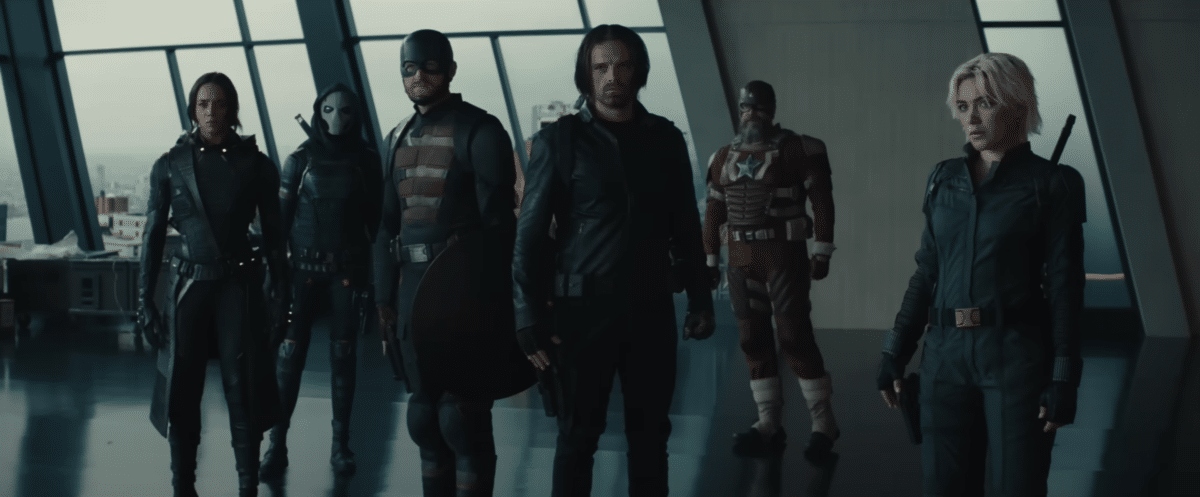Wicked , which arrives to the big screen this November, redeems the villain who is barely a character in L. Frank Baum’s classic novel. “And what, you may ask, are the reasons why?” Ray Bradbury asked in his foreword for the Kansas Centennial edition of L.
Frank Baum’s classic novel. “ The Wizard of Oz will never die?” More than 20 years after the musical Wicked became a Broadway megahit, the first part of a big-screen adaptation, starring Cynthia Erivo and Ariana Grande, will arrive this November. The second film comes out next year.

It might be time to pose a related question: Why won’t the Wicked Witch of the West ever die? The character has grown in stature since she first appeared as the villain in just one chapter of Baum’s novel nearly 125 years ago. Every subsequent adaptation has made her more visible, more memorable and – in a twist – more heroic. Much like the Land of Oz’s symbolic meaning as a stand-in for the United States, her fate reflects the continuing debates about race, gender and who is and isn’t considered American.
Narratively, her evolution has been striking. Barely present in Baum’s book as an enemy of Dorothy, the young Kansan on a journey through Oz, the witch emerged as a formidable green-faced foe made famous by white actress Margaret Hamilton in MGM’s 1939 movie classic, The Wizard of Oz . In the 1970s, Mabel King played her as the cruel factory owner Evillene in the all-Black Broadway and movie versions of The Wiz .
Her showstopping number, No Bad News , stole the spotlight from Dorothy and Glinda, the Good Witch. Two decades later, her transformation was complete when Gregory Maguire depicted her as the sympathetic, misunderstood, magically powerful, though still green-hued Elphaba in his 1995 novel Wicked . That’s the version in the Broadway musical and now the forthcoming two-part film.
.




















